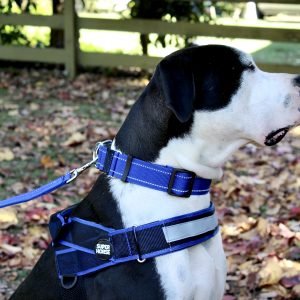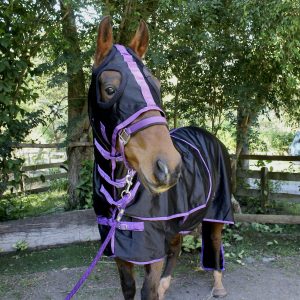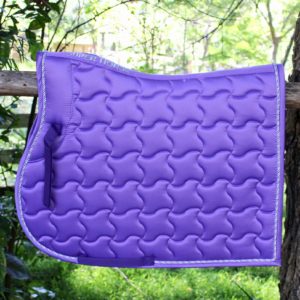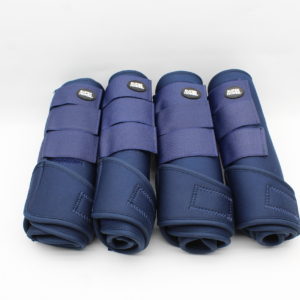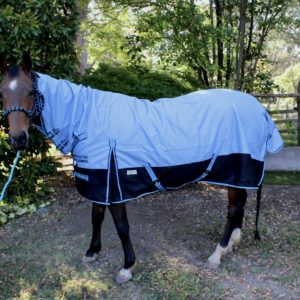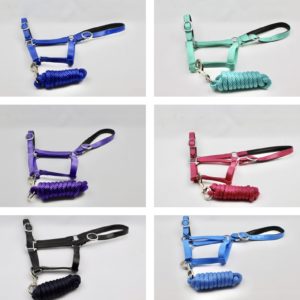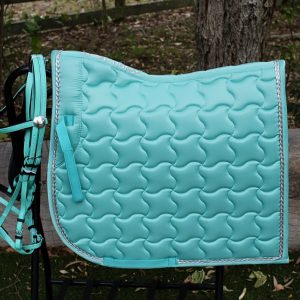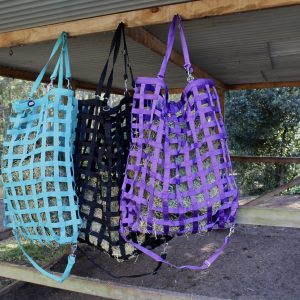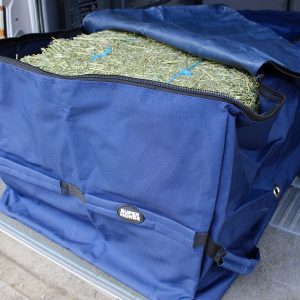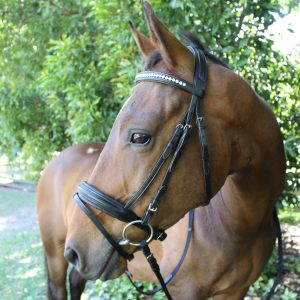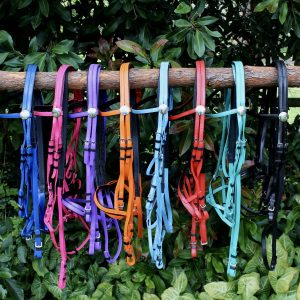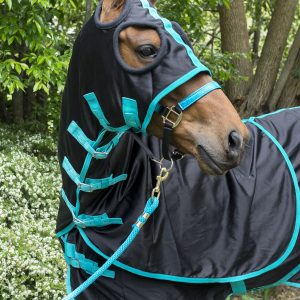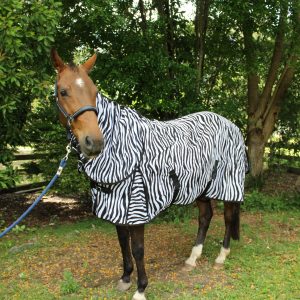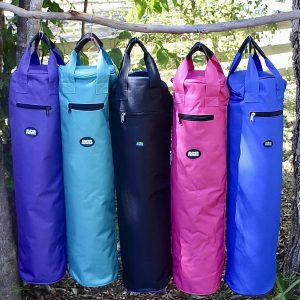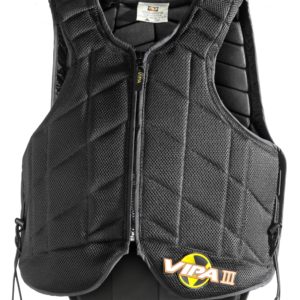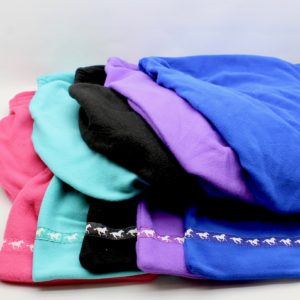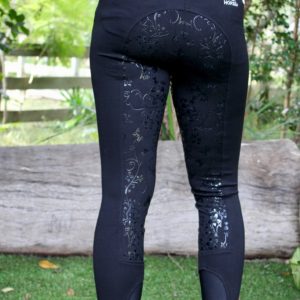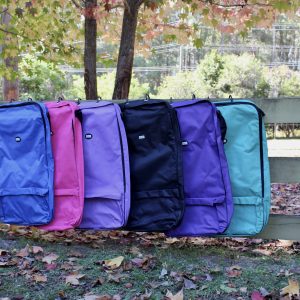Rain Scald
Rain Scald
How to identify, minimise and treat.

The areas of the horse most commonly effected by rain scald are the: croup, loins, saddle area, neck and face.
The cause of rain scald is a bacteria known as Dermatophilus congolensis.
These bacteria live on the skin of carrier horses. These horses are often prone to developing the disease but don’t always show signs of it. They can, however, be the cause of spreading the disease to other horses.
For rain scald to spread you need three factors:
1 – Carrier horse nearby.
2 – Moisture (heavy rain).
3 – Skin trauma (scratches, abrasions).
If the skin of a non-affected horse is healthy and intact, the bacteria cannot invade and cause rain scald.
Brushes, rugs, saddle pads etc., can also spread the disease, so it is important to make sure your horses have their own grooming kits, rugs and saddle pads to prevent cross contamination.
When your horse has rain scald, the infected skin produces a discharge which dries and causes the hair to become matted. When these crusts are lifted, the underlying skin is pink, moist and sometimes bleeds.
Treatment of rain scald is simple:
It involves the application of an antibacterial agent to the skin, usually in the form of washes or shampoos.
Two effective ingredients in antibacterial scrubs/ shampoos are povidone/ iodine and chlorhexidine (Malaseb).
To apply the antibacterial scrub, gently massage the affected areas to remove the scabs, leave the wash on for 10 minutes and then wash off. Repeat daily for one week then twice weekly until all lesions have disappeared. I also find applying betadine cream effective.
To prevent further episodes of rain scald:
- Rug your horses, both affected and non-affected, as a preventative method. This will help keep your horse’s skin protected from the rain and also from insect bites. A good insect repellent is also recommended to use in conjunction with the horse rug.
- Make sure your fences have no sharp wire sticking out that can lacerate your horse’s skin.


